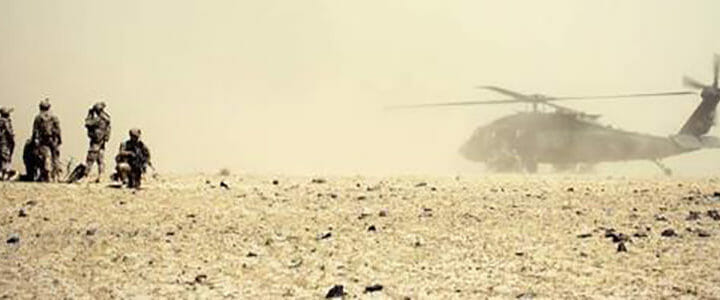President Donald Trump is, in more ways than one, the opposite of his predecessor, Barack Obama. But that can sometimes produce the same results. The strategy in Afghanistan is one of those times.
Despite saying he has delegated “total authorization” for Afghan strategy to the Defense Department, NBC News reported on August 2 that last month, Trump signaled his displeasure with the lack of progress there, and demanded the Pentagon fire Army Gen. John Nicholson, the U.S. commander in Kabul. Reuters reported yesterday that Secretary of Defense James Mattis won’t pull the trigger on adding troops to the Afghan force “until he has buy-in from Trump for a strategic vision for America’s longest war.”
That vision is something the president doesn’t have and is, frankly, ill-suited to devise.
two approaches with the same result
Obama was obsessed with details, and his tendency to “get down in the weeds” caused him to overanalyze issues, which in turn made him indecisive. One administration source I spoke with, a career Senior Executive Service employee (which makes him part of what Sean Hannity would call the “deep state” — more on that issue later this week), said that Obama had “vision for days” but no idea how to make that vision into a working policy.
This led to several iterations of Obama “strategy” in Afghanistan, as if the strategy were the problem. Strategy outlines the reasons for fighting, and goals and objectives you hope to achieve. You reach those goals and objectives through operational and tactical implementation. Operations and tactics are the ways and means for achieving the strategic ends.
So, after 16 years (only half of which, to be fair, were under Obama’s watch), we seem to be no closer to reaching the goal of a stable and secure Afghanistan that can no longer become a safe haven for terrorists seeking to plan and launch attacks against the United States from within its borders.
Trump, on the other hand, seems to have no patience for details. The media (admittedly not always the most reliable source these days when it comes to Trump) have repeatedly covered his now-famously short attention span. While Newsweek’s shot at the president this week, calling him a “lazy boy” on its cover (and in a story by the same author who said two weeks ago that the president has “the work ethic of a bored, lazy child”) was below the belt, even some people close to Trump admit he is easily distracted.
A Friday Washington Post article on the debate around the development of an Afghan strategy quoted one White House source, who the paper described as a “Trump confidant,” calling him a “two-minute man” who has “patience for a half page.” But Afghanistan is a complicated place with a violent, complicated history. It isn’t called “the graveyard of empires” for nothing. This is not a place that lends itself to Cliff Notes foreign policy.
“you’re fired” is not a strategy
Firing the commander like he were a contestant on The Apprentice might give the president a sense of “doing something,” but it will not change the ground truth: the Taliban have proven more resilient than once thought, and the Afghan government has continued to fail to build anything that even remotely resembles a functioning government.
In 1961, President John Kennedy said “If the only alternatives for the people of Latin America are the status quo and communism, then they will inevitably choose communism.” The situation in Afghanistan is little different. The Taliban continue to find support among the people because for all their fundamentalist oppression, as a teacher in Khost province told me in 2002, “when they were in power, we got paid.” One of the things that made Mussolini attractive to Italians was that he made the trains run on time. So, in a manner of speaking, did the Taliban.
It’s not Gen. Nicholson’s fault the Afghan government is dysfunctional and corrupt to its core. The problem in Afghanistan requires much more than American rifles. I don’t pretend to have all the answers, but I know that firing another commander won’t move the needle. The problem requires long, hard contemplation, and tough choices. It requires, at the very least, the U.S. to hold the Afghan government’s feet to the proverbial fire and demand change.
It remains to be seen if the president is up to that task.




